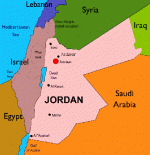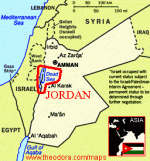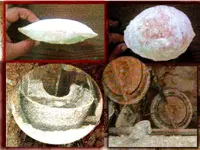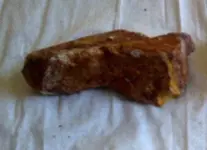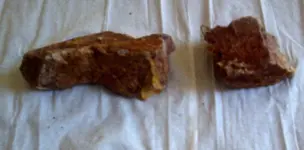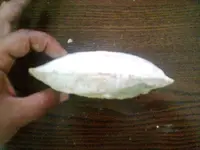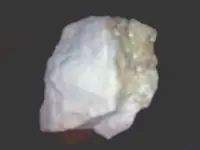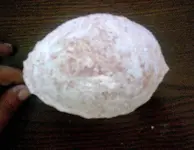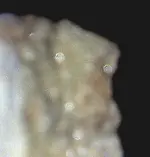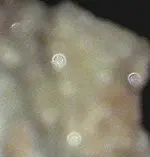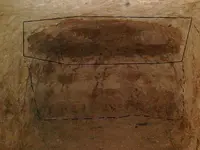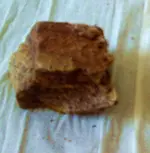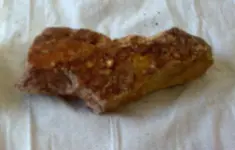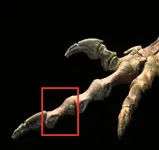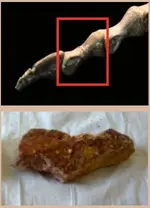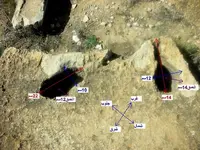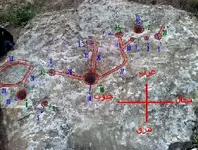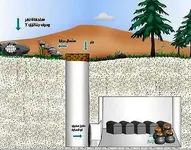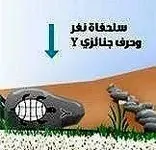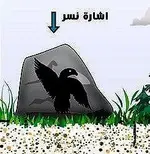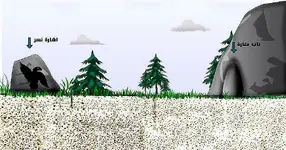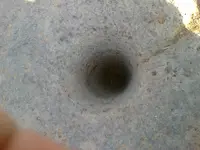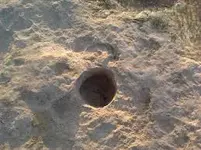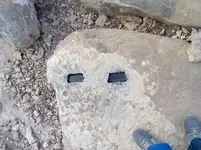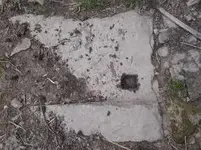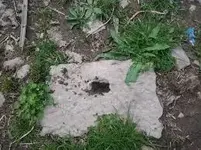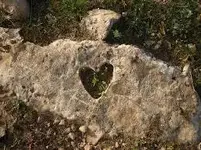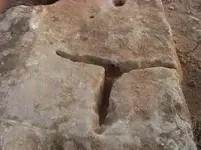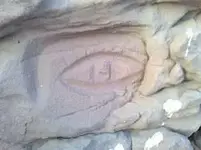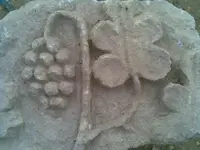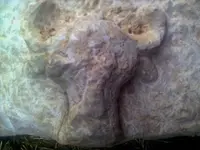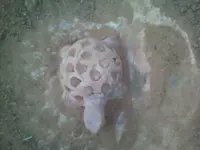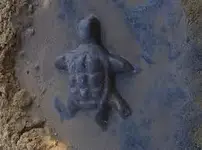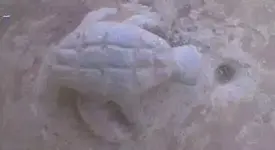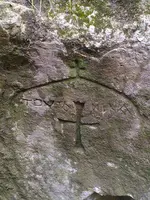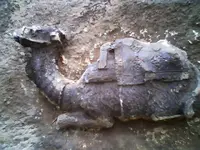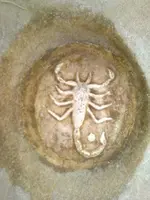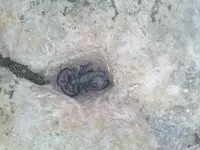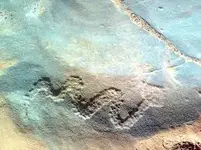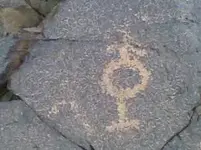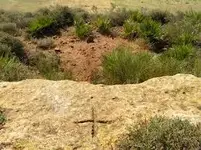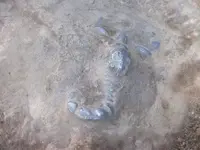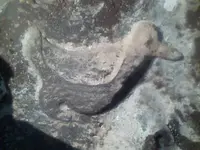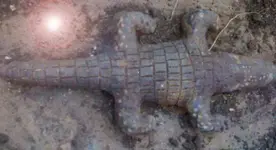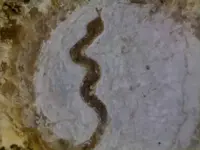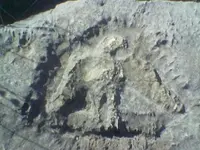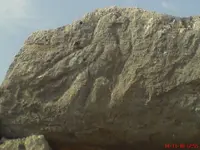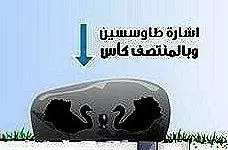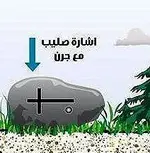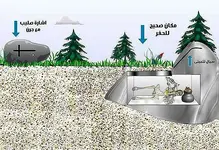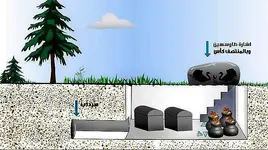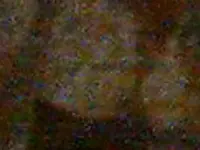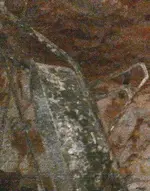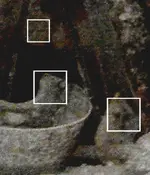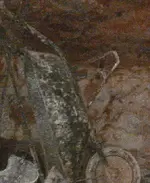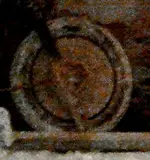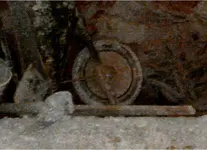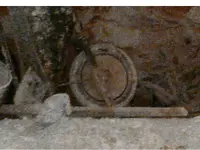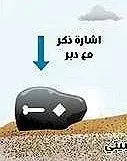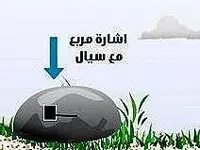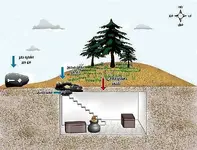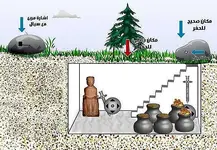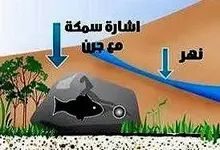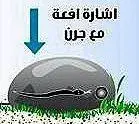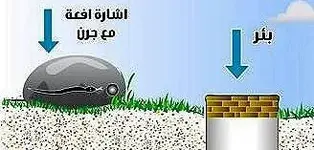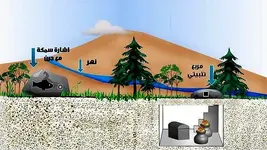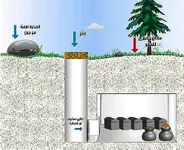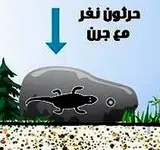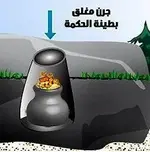Red_desert
Gold Member
- Joined
- Feb 21, 2008
- Messages
- 7,157
- Reaction score
- 3,794
- Golden Thread
- 0
- Location
- Midwest USA
- Detector(s) used
- Garrett Ace 250/GTA 1,000; Fisher Gold Bug-2; Gemini-3; Unique Design L-Rods
- Primary Interest:
- All Treasure Hunting
- #1
Thread Owner
Mideast Dig*****UPDATED!
I'm trying to update some info and finds. A couple of the pics were posted once in a thread about 2 years old, but many of the photos never have been seen before here on TreasureNet.
http://www.treasurenet.com/forums/dowsing/298281-need-help-pictures-dowsing.html
Like usually happens on this dowsing board, treasure hunter posted 2 pics, then never returned to leave any feedback.
For some time now I've suspected that in map dowsing, many deep cache signals marked by dowsers, really aren't a buried treasure. It can happen as you dowse over a few deep artifacts of value with loose coins or ornaments, found in layers of ancient civilization around ruins. In some cases carved stones were found, to indicate a treasure once was buried there, but no real way of knowing (except by dowsing) whether it has been recovered.
Then deep treasure hits might also (if checked out) be quite valuable fossils or dinosaur bones. I've seen the prices of certain dinosaur jaw bones and skulls (which looked rather petrified) complete intact with teeth, listed on the Internet high as $10,000. Definitely a treasure, you can expect a bone trove of them to give a good hit when dowsing.....yet few take this into consideration when marking maps.
Here is a dig from the Mideast, with photos of finds, treasure markers, details of what happened which show verification of location for map dowsing results. The bottom line is "we don't always in dowsing find the expected, but rather it is often the unexpected finds" and how true it was in the Middle East.
A little history first for this area, the location is on the mountain slopes overlooking the Dead Sea on the Jordan side. I put a red line box around it on the map. In ancient times battles took place over a period of many centuries. The land strip once was called the Moab Kingdom, which often fell into Jewish occupation. Moses was allowed to see across the Dead Sea, to view the Promise Land from high up on these mountain slopes. The tomb of Moses until this day, has never been found and remains lost somewhere in the ancient Moab region.
Geographically, It was bounded on the west by the Dead Sea and the southern section of the Jordan River; on the east by Ammon and the Arabian desert (from which it was separated by low, rolling hills and on the south by Edom). The northern boundary varied, but said to have been represented by a line miles above the northern extremity of the Dead Sea.
(This thread has been updated with more complete info)
I'm trying to update some info and finds. A couple of the pics were posted once in a thread about 2 years old, but many of the photos never have been seen before here on TreasureNet.
http://www.treasurenet.com/forums/dowsing/298281-need-help-pictures-dowsing.html
Like usually happens on this dowsing board, treasure hunter posted 2 pics, then never returned to leave any feedback.
For some time now I've suspected that in map dowsing, many deep cache signals marked by dowsers, really aren't a buried treasure. It can happen as you dowse over a few deep artifacts of value with loose coins or ornaments, found in layers of ancient civilization around ruins. In some cases carved stones were found, to indicate a treasure once was buried there, but no real way of knowing (except by dowsing) whether it has been recovered.
Then deep treasure hits might also (if checked out) be quite valuable fossils or dinosaur bones. I've seen the prices of certain dinosaur jaw bones and skulls (which looked rather petrified) complete intact with teeth, listed on the Internet high as $10,000. Definitely a treasure, you can expect a bone trove of them to give a good hit when dowsing.....yet few take this into consideration when marking maps.
Here is a dig from the Mideast, with photos of finds, treasure markers, details of what happened which show verification of location for map dowsing results. The bottom line is "we don't always in dowsing find the expected, but rather it is often the unexpected finds" and how true it was in the Middle East.
A little history first for this area, the location is on the mountain slopes overlooking the Dead Sea on the Jordan side. I put a red line box around it on the map. In ancient times battles took place over a period of many centuries. The land strip once was called the Moab Kingdom, which often fell into Jewish occupation. Moses was allowed to see across the Dead Sea, to view the Promise Land from high up on these mountain slopes. The tomb of Moses until this day, has never been found and remains lost somewhere in the ancient Moab region.
Geographically, It was bounded on the west by the Dead Sea and the southern section of the Jordan River; on the east by Ammon and the Arabian desert (from which it was separated by low, rolling hills and on the south by Edom). The northern boundary varied, but said to have been represented by a line miles above the northern extremity of the Dead Sea.
(This thread has been updated with more complete info)
Amazon Forum Fav 👍
Attachments
Last edited:



